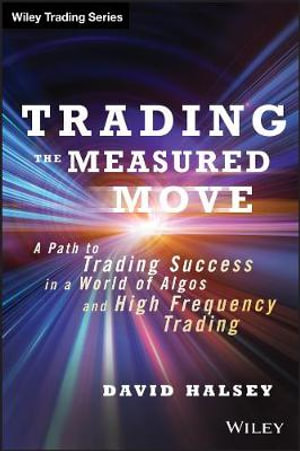 David Halsey throws out the old notion of a measured move: that you copy an AB move up (or down) and paste it on a retracement low (or high) of C to get your price target D. In Trading the Measured Move: A Path to Trading Success in a World of Algos and High Frequency Trading(Wiley, 2014) he substitutes Fibonacci levels.
David Halsey throws out the old notion of a measured move: that you copy an AB move up (or down) and paste it on a retracement low (or high) of C to get your price target D. In Trading the Measured Move: A Path to Trading Success in a World of Algos and High Frequency Trading(Wiley, 2014) he substitutes Fibonacci levels.
He uses three trade setups: the traditional 50% retracement measured move (MM), the extension 50% MM, and the 61.8% failure. When a trade is entered, its target is 123% from a swing high or low (and sometimes from a breakout) that is followed by a retracement (50% in the traditional setup). That is, the target is AB + 23%. Halsey shows both successful and failed MM trades on charts—unfortunately usually grey bars on a black background, which makes them hard to decipher.
The measured move trade setups are not stand-alones. Halsey discusses the use of multiple time frames, seasonality, NYSE tools, tick extremes and divergences, and gaps. He also discusses how to manage positions and take profits, advanced (actually, pretty basic) risk management, trading psychology, and having a trading plan and journal. (more…)
